Great Photographs No. 8
Guerrillero Heroico
Alberto Korda
This the best-known photograph in the world.
That’s a bold statement. Have I got justification for it?
Yes.
This photograph has adorned posters, leaflets, books, drinks bottles, flags, T-shirts, CD and record covers, banners, walls and a host of other surfaces. It has been prominent in events ranging from the student riots in Paris, 1968, to present-day conflicts in the Middle East and Latin America. See here for a small selection of places it has been used – on everything from walls, to flags, to watches, to knickers.
It has come to symbolise anti-establishment thought and action to such an extent that it has achieved the status of an icon. It has inspired contemporary art and been hi-jacked by commerce. Its illegal use in advertising has spawned a number of international lawsuits. It has been used and abused by mega-stars and comedians. It is so well-known that no matter how it is altered – by means of reversals, silhouettes, posterisations, collage, wire-framing or colour changes – it is instantly recognisable. Its meaning is understood even by those who have no idea who the guy is.
The man is Ernesto Rafael ‘Che’ Guevara de la Serna, a revolutionary leader, and a major figure in the Cuban Revolution. This photograph of him was taken by Alberto ‘Korda’ Diaz Gutiérrez on the 5 March 1960, and Guevara was 31 years old.
The day before this photograph was taken, the French freighter La Coubre had exploded in Havana harbour. The explosion killed a large number of Cubans (the exact number was never known). Claiming that this was an act of American sabotage, Cuban leader Fidel Castro called for a mass funeral at Havana’s Colón cemetery. As Castro gave his funeral oration, Che Guevara was next to him on the platform, together with French intellectuals Jean Paul Sartre and Simone de Beauvoir.
Korda, Castro’s personal photographer, stood in the crowd immediately below. Before the Cuban revolution Korda had been a prominent fashion photographer, so he had an eye for charisma and beauty. He shot off a lot of photographs with his Leica M2, using a 90mm lens, taking advantage of his low viewpoint. Here’s the contact sheet from one of those films …
The crucial photograph is fourth row down, third in from the left. It shows Guevara with an unknown man to his left and a bit of palm tree to the right. The final image has been cropped from this.
Why is it such a powerful photograph? To start with, the low viewpoint, with Guevara gazing enigmatically into the distance, is a classic ‘statuesque’ form. But, at the same time, Guevara’s wild hair and moustache, his beret at a rakish angle with its solitary star and his leather waistcoat all speak of non-conformity and revolution. His shoulders are turned a fraction to the left, whilst his head is to the right, as if he has just seen some approaching foe. There is an instant tension here.
His expression is extraordinary. It is an mixture of authority, independence and defiance, with a hint of wistfulness in it, too. As with Leonardo Da Vinci’s ‘Mona Lisa’, you can read a whole host of emotions into it.
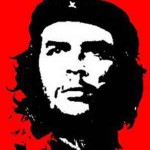 Then, descending to a practical level, this portrait has an enormous graphic strength. Guevara’s white face, surrounded by his dark hair and the beret lends itself well to techniques such as posterisation.
Then, descending to a practical level, this portrait has an enormous graphic strength. Guevara’s white face, surrounded by his dark hair and the beret lends itself well to techniques such as posterisation.
Did all this stuff about ‘enigmas’ and ‘graphic quality’ go through Korda’s head as he was working with his camera, down in the crowd?
Of course not. He was ‘shooting on the hoof’. And, much later on, in speaking about the method he used, Korda said, “… this photograph is not the product of knowledge or technique. It was really coincidence, pure luck.”
Maybe so. But I think Korda is being a little bit too humble. As Thomas Jefferson said, “I’m a great believer in luck. I find the harder I work, the more I have of it.”
Return to Great Photographs page
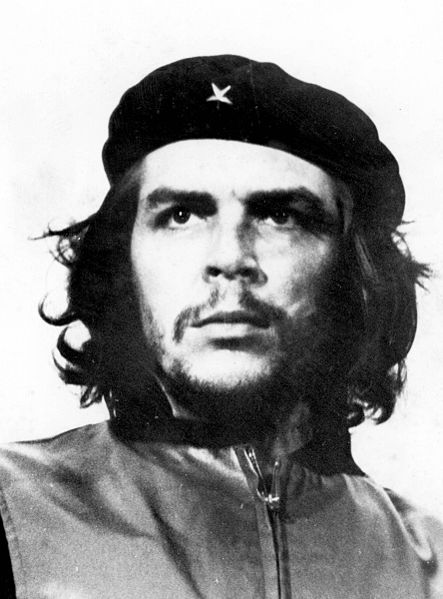
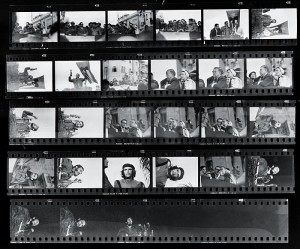

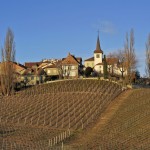
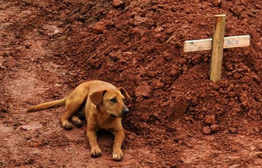
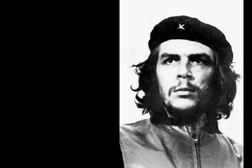
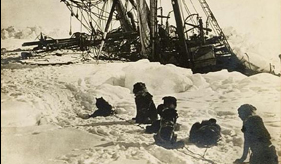
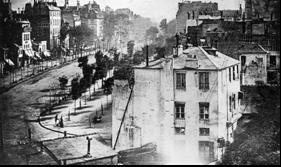
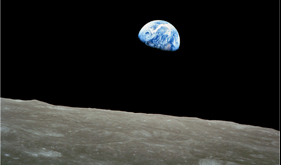
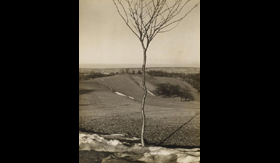
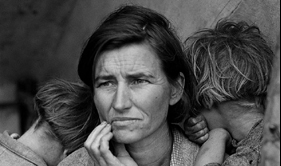
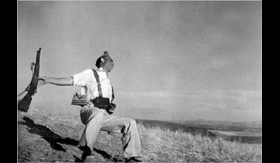
It upsets me how much of a culture icon he’s become with so many not knowing about the real him. To me it’s like if people were putting Hitler on shirts.